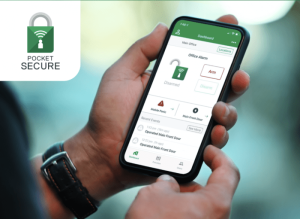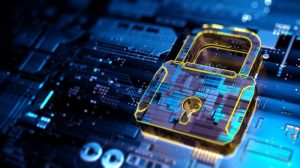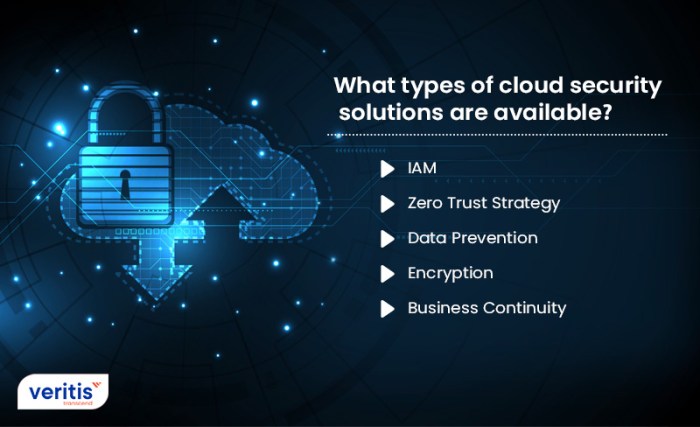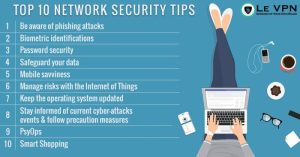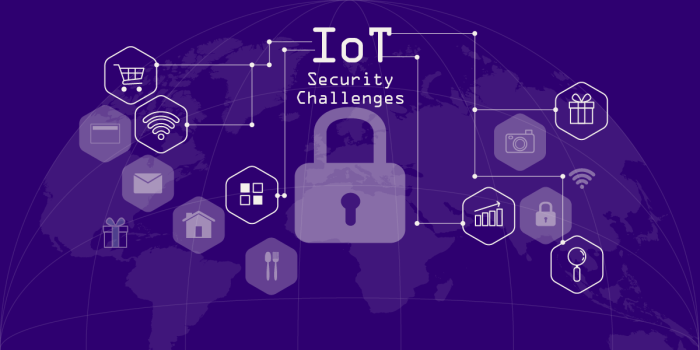
Embark on a journey through the world of IoT security challenges, where dangers lurk and solutions shine brightly, guiding us towards a safer digital landscape.
As we delve deeper, we uncover the intricate web of threats faced by IoT devices and the crucial need to address security issues for a secure IoT ecosystem.
IoT Security Challenges

IoT security challenges refer to the issues and threats faced by Internet of Things devices and systems that can compromise the security and privacy of users.Primary threats faced by IoT devices include:
Primary Threats Faced by IoT Devices
- Unauthorized access: Hackers can gain access to IoT devices and systems, leading to data breaches and privacy violations.
- Malware and ransomware attacks: IoT devices can be infected with malicious software that can disrupt operations or steal sensitive information.
- Data privacy concerns: The collection and storage of personal data by IoT devices raise privacy issues if not adequately protected.
- Physical security risks: IoT devices embedded in critical infrastructure or industrial systems can be vulnerable to physical tampering.
Importance of addressing security issues in IoT systems:
Importance of Addressing Security Issues in IoT Systems
Ensuring the security of IoT systems is crucial to protect sensitive data, maintain user privacy, and prevent potential cyber attacks that can have far-reaching consequences.
Securing IoT devices can safeguard against unauthorized access and protect against potential data breaches.
By implementing robust security measures, such as encryption, authentication protocols, and regular software updates, the integrity and reliability of IoT systems can be maintained.
Vulnerabilities in IoT Devices
IoT devices are susceptible to various vulnerabilities that can pose significant risks to data privacy and security. These vulnerabilities can be exploited by malicious actors to gain unauthorized access, manipulate data, or disrupt operations.Common vulnerabilities found in IoT devices include:
Weak Authentication
- Many IoT devices come with default usernames and passwords that are rarely changed by users, making them easy targets for brute force attacks.
- Weak authentication mechanisms can allow unauthorized users to access sensitive data or control the device remotely.
Insecure Communication
- IoT devices often transmit data over unencrypted channels, leaving sensitive information vulnerable to interception by attackers.
- Insecure communication protocols can also make devices susceptible to man-in-the-middle attacks, where attackers intercept and modify data in transit.
Lack of Firmware Updates
- Many IoT devices do not receive regular security updates or patches, leaving known vulnerabilities unaddressed.
- Outdated firmware can be exploited by attackers to gain access to the device and compromise its security.
Comparing security vulnerabilities in traditional devices versus IoT devices, IoT devices are particularly vulnerable due to their interconnected nature and the lack of standardized security protocols. Traditional devices typically have standalone security measures in place, whereas IoT devices often rely on network connections and cloud services, introducing additional points of vulnerability.The implications of these vulnerabilities on data privacy and security are significant.
Unauthorized access to IoT devices can result in the exposure of sensitive personal information, such as location data, health records, or financial details. Manipulation of IoT devices can lead to physical harm, property damage, or even endanger lives. Therefore, addressing these vulnerabilities and implementing robust security measures are crucial to safeguarding data privacy and ensuring the integrity of IoT systems.
Security Measures for IoT
In order to enhance the security of IoT devices and networks, it is essential to implement a range of security measures. These measures can help mitigate the risks associated with IoT vulnerabilities and protect sensitive data from unauthorized access.
Best Practices for Securing IoT Devices and Networks
- Keep devices updated with the latest security patches and firmware to address known vulnerabilities.
- Use strong, unique passwords for each IoT device and change them regularly to prevent unauthorized access.
- Implement network segmentation to isolate IoT devices from critical systems and reduce the potential impact of a security breach.
- Utilize firewall and intrusion detection/prevention systems to monitor and control network traffic, detecting and blocking malicious activity.
Encryption Techniques for IoT Security
- Implement end-to-end encryption to protect data transmitted between IoT devices and servers, ensuring confidentiality and integrity.
- Utilize strong encryption algorithms such as AES (Advanced Encryption Standard) to secure data at rest and in transit.
- Use secure protocols like HTTPS, MQTT, and CoAP to establish secure communication channels between devices and servers.
Role of Multi-Factor Authentication in Enhancing IoT Security
- Require users to authenticate with multiple factors such as passwords, biometrics, and one-time passcodes before accessing IoT devices or systems.
- Enhance security by adding an extra layer of protection beyond just passwords, reducing the risk of unauthorized access in case of password compromise.
- Implement multi-factor authentication for remote access to IoT devices and systems, ensuring only authorized users can control and monitor connected devices.
Regulatory Compliance and IoT Security

When it comes to IoT security, regulatory compliance plays a crucial role in ensuring the protection of data and devices. Let’s delve into the regulations and standards governing IoT security, the importance of compliance with data protection laws, and the implications of non-compliance on IoT security.
Regulations and Standards Governing IoT Security
IoT devices are subject to various regulations and standards to ensure their security and privacy. One of the key regulations is the General Data Protection Regulation (GDPR) in the European Union, which governs the collection and processing of personal data. Additionally, organizations may need to comply with industry-specific standards such as the ISO/IEC 27001 for information security management.
Importance of Compliance with Data Protection Laws for IoT Devices
- Protecting User Privacy: Compliance with data protection laws helps in safeguarding the personal data collected by IoT devices, ensuring that user privacy is respected.
- Building Trust: Adhering to regulations enhances trust between consumers and IoT manufacturers, as users feel more confident in the security of their data.
- Avoiding Legal Consequences: Non-compliance with data protection laws can result in hefty fines and legal repercussions for organizations, damaging their reputation and finances.
Implications of Non-Compliance on IoT Security
- Data Breaches: Failure to comply with regulations can lead to data breaches, exposing sensitive information and compromising the security of IoT devices.
- Lack of Accountability: Non-compliance may result in a lack of accountability for data handling practices, making it challenging to track and mitigate security incidents.
- Loss of Market Share: Organizations that do not prioritize compliance with data protection laws may lose customer trust and market share to competitors who prioritize security.
Last Recap
In conclusion, the realm of IoT security challenges is vast and complex, but with proper measures and awareness, we can conquer these obstacles and pave the way for a more secure future.
FAQs
What are some common vulnerabilities in IoT devices?
Common vulnerabilities include weak encryption, insecure network connections, and lack of secure update mechanisms.
How do security vulnerabilities in traditional devices compare to those in IoT devices?
Security vulnerabilities in IoT devices are often more complex due to the interconnected nature of IoT systems, making them susceptible to larger-scale attacks.
Why is compliance with data protection laws important for IoT devices?
Compliance ensures that user data is handled securely, minimizing the risk of data breaches and safeguarding privacy in IoT environments.
